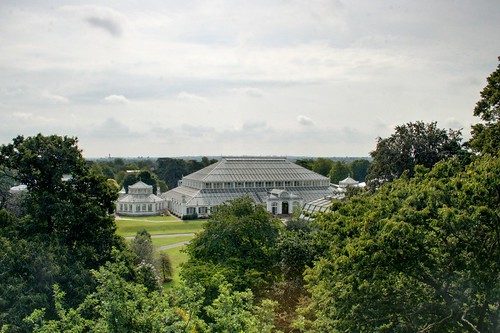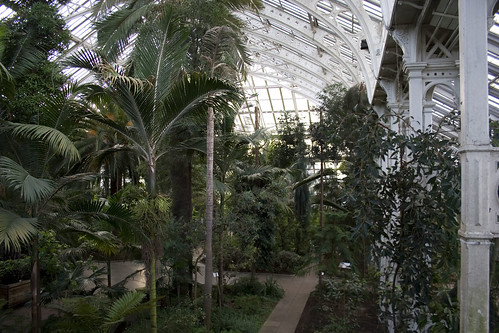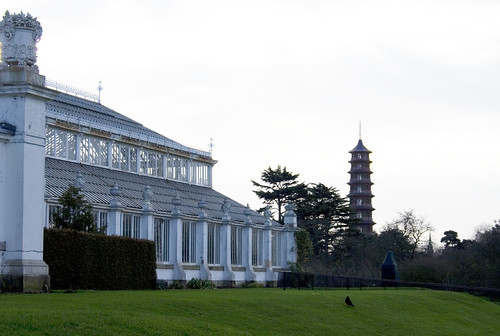A bit of an advisory that there are just a few weeks left to have a look around the world’s largest surviving Victorian glasshouse before it closes for a five-year restoration project.
Opened in 1863, the Temperate House is rather showing its age now, and is about to get a £34 million restoration — and as such will close to the public on Sunday 4th August.
So basically, you have 6 weekends to get over there before it closes.
It is internally aesthetically not significantly different from most Victorian glasshouses — lots of cast iron pillars holding up a glorious iron wrought glass roof, and in the centre, a raised walkway.
However, it is the oldest and biggest survivor, so if you want to get down and see it in its current state, then the next few weeks are the last chance to do so.
As you might have guessed from the description, it’s hidden behind the brick walls that surround Kew Gardens, which does therefore command a princely entry charge of £16 to pass within.
To be fair, that is an entire day out though — and you genuinely can spend a whole day there. Also, Kew Palace is now included in the price, which used to be an extra charge. If you miss the 4th August deadline, then you’ll have to wait until after Crossrail is working before you can go inside again.
Actually, I kind of like things to be in a certain state of decay — the pristine look can be so boring. Obviously, it helps if the decay is constrained to mere aesthetics, and not to the structure itself.
At the same time of the closure of the Temperate House, the Evolution House on the other side of the path will be turned into some sort of “public engagement centre”. Not sure about their plans for its future, but frankly, the Evolution House as a representation of the past, never really worked.
Now, if only they would do something to restore the Pagoda so we can go to the top again.










I went to Kew a few months ago – the Temperate House was my favourite glasshouse! I agree that a certain state of decay adds to it’s charm, and reminds you how old it is.
The Temperate House is a wonder as is the earlier Palm House at Kew. However not being mentioned is their builder and co-designer who worked closely with Decimus Burton the Irish iron-founder and engineer Richard Turner with who he also designed the glasshouse for the Winter Gardens in Regents Park. Turner used standardised components and prefabricated elements manufactured off-site for later assembly, together with curved glass in long lengths. Most of his components were manufactured at his works in Dublin. Turner’s use of wrought iron and curved glass was at the cutting end of technology and in particular influenced the design of train station sheds and similar structures such as the Natural History Museum in Oxford by the Dublin architects Woodward and Deane. Indeed Turner designed and constructed the railway sheds at Westland Row and at the Broadstone in Dublin, and Lime Street in Liverpool. When the Palm House was restored much of the cast iron was replaced with stainless steel and I hope the historic integrity of the Temperate House is more carefully conserved in this restoration.
Whilst I’m sure it’s quite a big greenhouse, I wonder how on earth it can cost £34 million to replace a few panes of glass and give it a coat of paint!